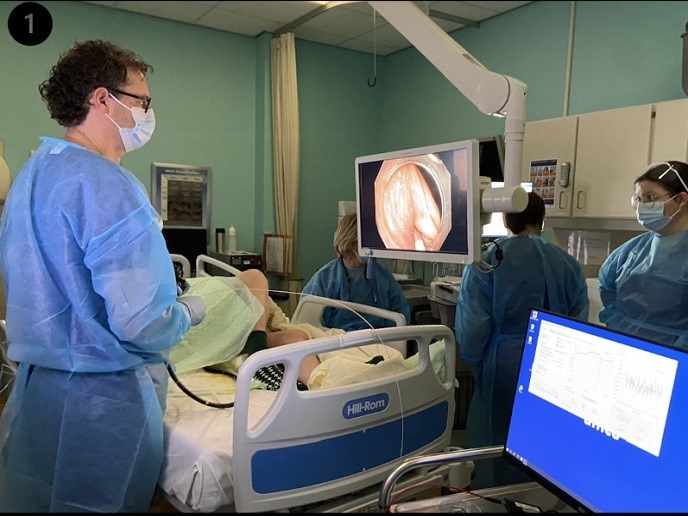Unravelling the p53 search mechanism
The EU-funded project 'Quantifying transcription factor search mechanism by three-dimensional single molecule tracking' (SMT OF TFS) was dedicated to tracking of p53 with single-molecule resolution. Mutated in almost 70 % of known tumours, p53 determines the cellular response to stress signals challenging the integrity of genetic information, such as DNA damage. This transcription factor plays a fundamental role in chemo- and radiotherapeutic approaches based on the induction of DNA damage to kill cancer cells. Study focused on the mechanism used by p53 to recognise the sequences that need to be regulated among the many available binding sites. The scientists sought to understand whether and how p53 could modulate its search mechanism depending on the source of genotoxic stress. To achieve these goals, a fluorescence microscope capable of identifying and tracking individual transcription factors in 3D environments was developed. The microscope could be used for total internal reflection fluorescence microscopy, 2D single-molecule tracking, 3D single-particle tracking and super-resolution localisation microscopy imaging. By using developed analytical and numerical methods, the dynamic behaviour of p53 in basal conditions and upon the induction of different kinds of stress was characterised. This factor bound only transiently to DNA (on a timescale of seconds) with less than 20 % of the protein being bound at any time. The mechanism used by p53 to identify the specific sites on DNA was investigated. The obtained data support a sliding model for p53 search, with a factor initially contacting the DNA non-specifically via its C-terminal tail. SMT OF TFS showed that p53 modulates its affinity to DNA and its search mechanism following DNA damage. In addition, different sources of genotoxic stress induced differential modulations of p53 affinity. This result represents a first demonstration of the 'latency' hypothesis for p53 in living cells. The obtained information is valuable for better understanding of cellular responses used in anti-cancer therapies.







